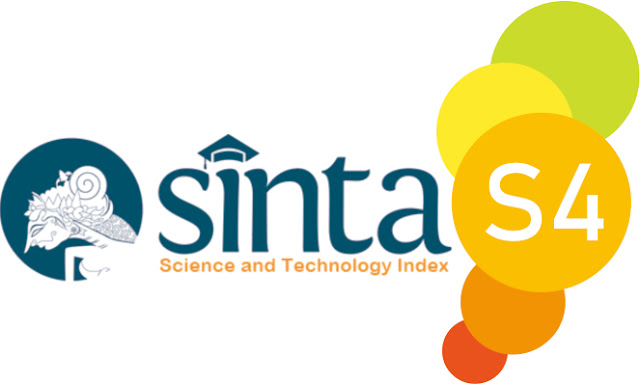Identification of Hydrogen Peroxide (H2O2) in Vermicelli Sold in Makassar City
Abstract
Vermicelli is a type of noodle made from white rice flour that can be used as an alternative to rice, which contains carbohydrates. The nutritional value of vermicelli will decrease because producers often use various methods to achieve an attractive appearance. One common method is to add bleach to vermicelli, such as hydrogen peroxide (H2O2). Hydrogen peroxide is a food additive that is officially prohibited according to Regulation No. 33 of the Minister of Health of the Republic of Indonesia. The use of hydrogen peroxide (H2O2) is not justified because it is dangerous and can have a negative impact on the body when consumed, such as vomiting, diarrhea, headaches, and gastrointestinal bleeding, which leads to a burning sensation in the stomach. This study aims to identify hydrogen peroxide (H2O2) in vermicelli that is traded in traditional markets in Makassar City. The type of research used is laboratory observation with a qualitative approach. The sampling technique was carried out by purposive sampling using the color test reaction method. The results showed that out of 10 vermicelli samples, 9 were negative and 1 was positive for hydrogen peroxide, which was marked by a change in color from white to purple. Thus, it can be concluded that 1 out of 10 samples of vermicelli that are traded in traditional markets in Makassar city contain hydrogen peroxide (H2O2).
Copyright (c) 2023 Rahma wati

This work is licensed under a Creative Commons Attribution 4.0 International License.
Lontara Journal Of Health Science And Technology is licensed under Creative Commons.
The journal allows the author to hold the copyright of the article without restrictions.
The journal allows the author(s) to retain publishing rights without restrictions.
The legal formal aspect of journal publication accessibility refers to Creative Commons Attribution 4.0 International (CC BY 4.0).
The Creative Commons Attribution 4.0 International (CC BY 4.0) license allows re-distribution and re-use of a licensed work on the conditions that the creator is appropriately credited and that any derivative work is made available under “the same, similar or a compatible license”. Other than the conditions mentioned above, the editorial board is not responsible for copyright violations.









